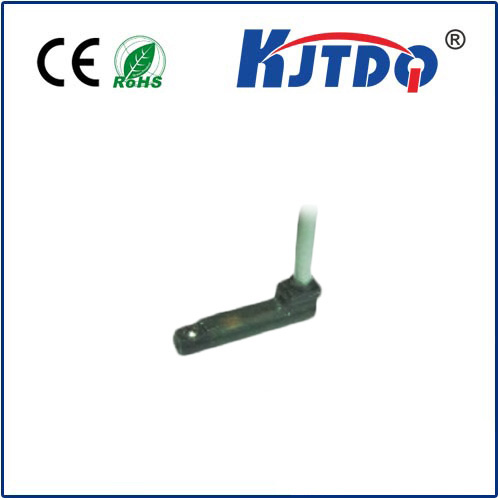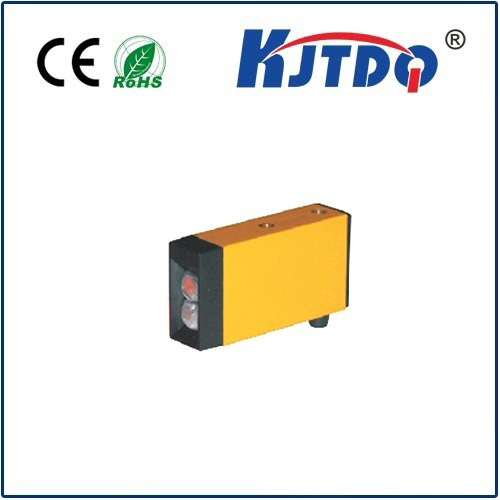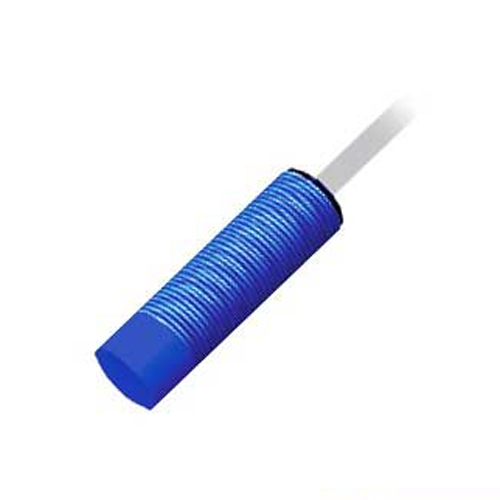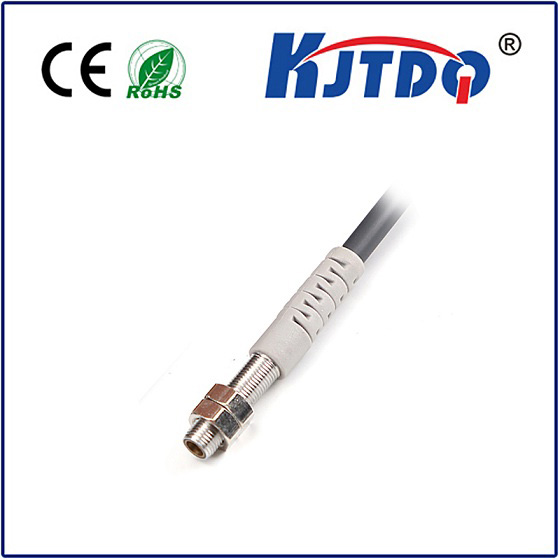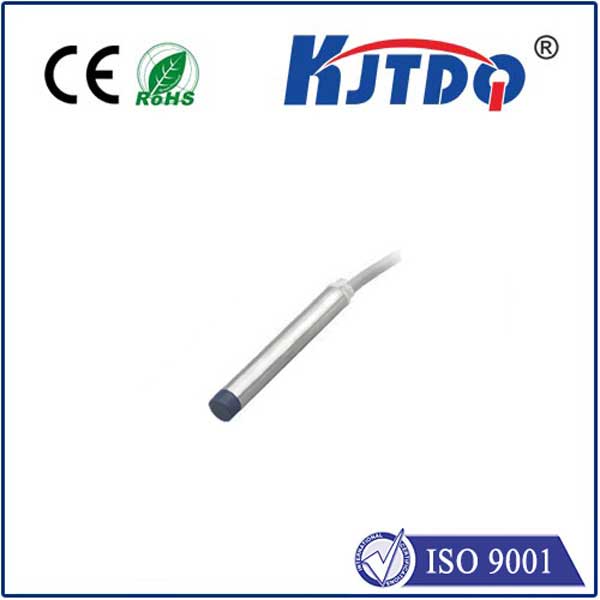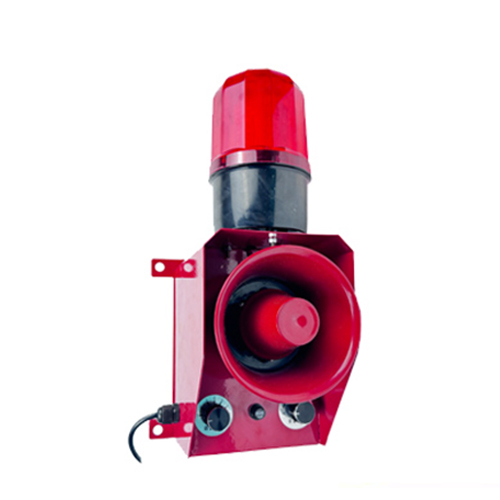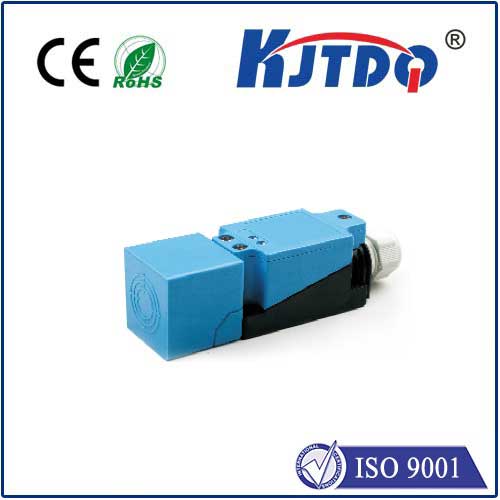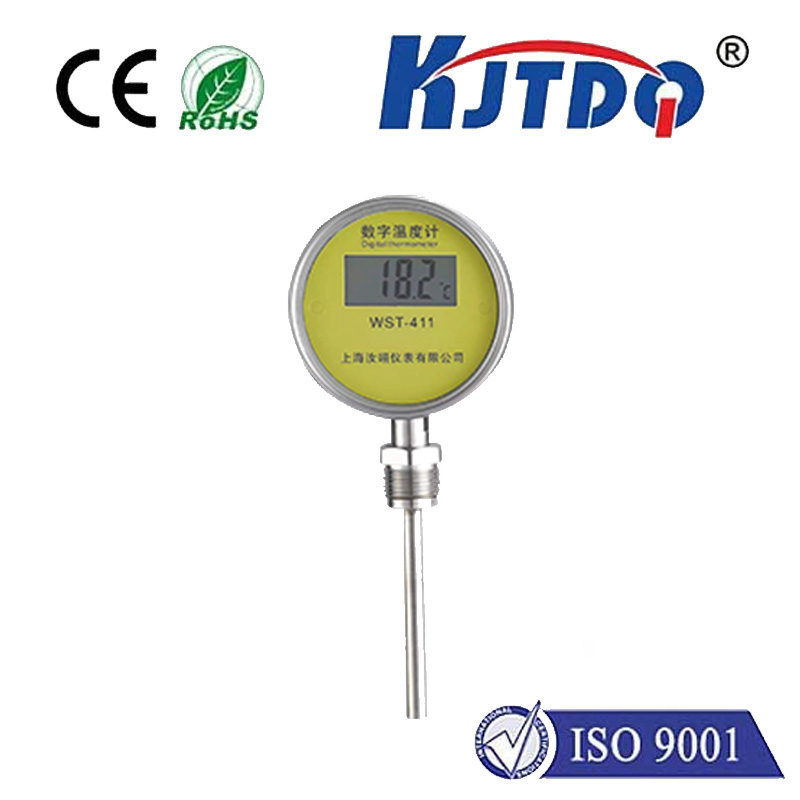nlla limit switch
- time:2025-08-06 11:58:32
- Click:0
NLE Limit Switch: The Essential Guardian in Industrial Safety Systems
Imagine this: a critical piece of heavy machinery roars to life on a factory floor. Suddenly, a protective guard door swings open unexpectedly during operation. Without a crucial failsafe, catastrophe could be imminent. This is precisely where the NLE Limit Switch (often the intended term behind the search “nlla limit switch”) steps in as an unsung hero of industrial safety. These robust and reliable devices are fundamental components, acting as the vigilant eyes and ears that enforce physical safety boundaries and prevent hazardous situations.
Understanding the Core Function: What is an NLE Limit Switch?
At its heart, an NLE Limit Switch is a type of safety switch designed specifically for monitoring the position of safety guards, doors, gates, and other movable protective devices on machinery. The acronym “NLE” typically stands for Non-Latching, Limit Actuated with Electrical Monitoring. This descriptive name reveals its essential characteristics:
- Non-Latching: Unlike a standard latching switch that might stay in one state, the NLE switch automatically returns to its “safe” state once the physical force activating it is removed. Think of opening and closing a guard door – the switch activates when opened and deactivates when securely closed again. There’s no need for manual resetting after each activation.
- Limit Actuated: It is physically operated by the movement of the component it’s safeguarding. This is usually achieved through direct contact with a cam, plunger, or lever arm attached to the guard or door. When the guard moves out of its safe position, it directly actuates the switch.
- Electrical Monitoring: The switch provides a distinct electrical signal based on its state (guard open or closed). This signal is fed directly into the machine’s safety control system (like a Safety PLC or safety relay). This system continuously monitors the switch’s status. Any unexpected opening triggers an immediate safety response.
The Critical Role in Machine Safety

The primary mission of an NLE safety switch is unambiguous: to prevent the machine from operating in an unsafe state. Its integration into safety circuits achieves this vital goal:
- Enforcing Guard Position: The switch is strategically mounted and configured so that the protective guard or door must be fully and securely closed for the switch to signal the “safe” condition (e.g., electrical contacts closed).
- Detecting Hazardous Access: If an operator attempts to access a dangerous area while the machine is running or has residual energy, opening the guard actuates the NLE switch, changing its electrical state.
- Triggering Safety Functions: The safety control system detects this change in the NLE limit switch signal. This detection triggers immediate safety actions, such as:
- Initiating a controlled safety stop (Category 1/Stop Category 1 per ISO 13849).
- Preventing machine start-up until the guard is securely closed and the switch signals the safe condition again.
- Maintaining isolation of hazardous energy (e.g., locking out power sources).
Why NLE Switches Are Chosen: Key Advantages
Compared to simpler interlocks, NLE limit switches offer significant advantages for robust safety applications:
- Positive-Action Operation: They typically require a defined physical force and movement to actuate, making them resistant to accidental triggering by vibration or minor bumps. This is crucial for reliable safety.
- High Mechanical Durability: Engineered for harsh industrial environments, they withstand millions of operating cycles, exposure to dust, moisture (often rated IP67 or higher), and chemicals.
- Fail-Safe Design: Quality NLE safety switches are designed with positively guided contacts. This means that if a contact welds shut due to an electrical fault, the internal mechanism physically prevents the switch from indicating a “safe” (closed guard) signal if the guard is actually open. This mechanical linkage ensures a failure leads to a safe state (machine stopped).
- Clear Status Indication: Many models feature visual indicators (e.g., a colored flag) providing immediate, at-a-glance confirmation of whether the guard is detected as closed or open.
- Tamper Resistance: Robust housings and specialized mounting options (like concealed actuators) make it difficult to bypass the switch without detection, a critical factor in maintaining safety integrity.
Critical Applications for NLE Limit Switches
You’ll find these indispensable safety components safeguarding personnel across countless industrial settings:
- Machine Guarding: On presses, robotics cells, CNC machines, conveyors, packaging lines, and injection molding machines – anywhere moving parts pose a crushing, shearing, or entanglement risk.
- Safety Gates & Doors: Monitoring access points to hazardous zones on automated lines, test chambers, or robotic workcells.
- Movable Guards: Used on hinged, sliding, or lift-off guards that provide access for setup, maintenance, or clearing jams.
- Material Handling Systems: Ensuring safety on automated guided vehicles (AGVs), palletizers, and warehouse automation systems where access points need monitoring.
Implementing NLE Switches Effectively: Best Practices
Simply installing an NLE limit switch isn’t enough. Proper implementation is paramount for achieving the required Safety Integrity Level (SIL) or Performance Level (PL):
- Correct Mounting & Actuator Selection: The switch must be mounted securely and precisely aligned with its actuator cam or target on the guard. The actuator type (roller lever, plunger, rod, etc.) must suit the guard’s movement profile to ensure reliable operation over the guard’s full range.
- Tamper-Proof Installation: Utilize tamper-resistant hardware (special screws, shrouds) where possible to prevent bypassing. Mounting the switch concealed behind the guard frame can enhance security.
- Integration into Safety Circuits: The switch’s contacts must be wired into a monitored safety input circuit on a certified Safety PLC or safety relay. Never integrate them directly into standard machine control logic without proper safety evaluation.
- Regular Inspection & Maintenance: Like all safety components, NLE limit switches require periodic inspection for:
- Physical damage to the switch body, actuator, or mounting.
- Correct alignment between the switch actuator and the target/cam.
- Cleanliness (ensure dirt or debris isn’t preventing proper operation).
- Electrical integrity (check wiring connections).
- Functional testing as part of the overall machine safety validation.
Beyond the Basics: Compliance and Standards
NLE safety switches are vital tools for meeting stringent international machinery safety standards, such as:
- ISO 13849-1: Safety of machinery - Safety-related parts of control systems (Performance Levels a to e).
- IEC 62061: Functional safety of safety-related control systems (Safety Integrity Levels SIL 1 to SIL 3).
- ISO 14119: Safety of machinery - Interlocking devices associated with guards - Principles for design and selection. This standard specifically details requirements for interlock devices like guard switches.
- Regional regulations like the EU Machinery Directive (2006/42/EC), OSHA regulations






